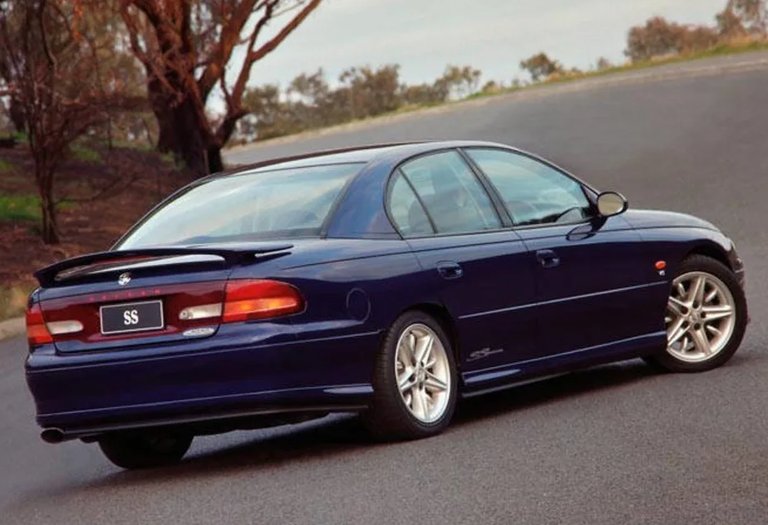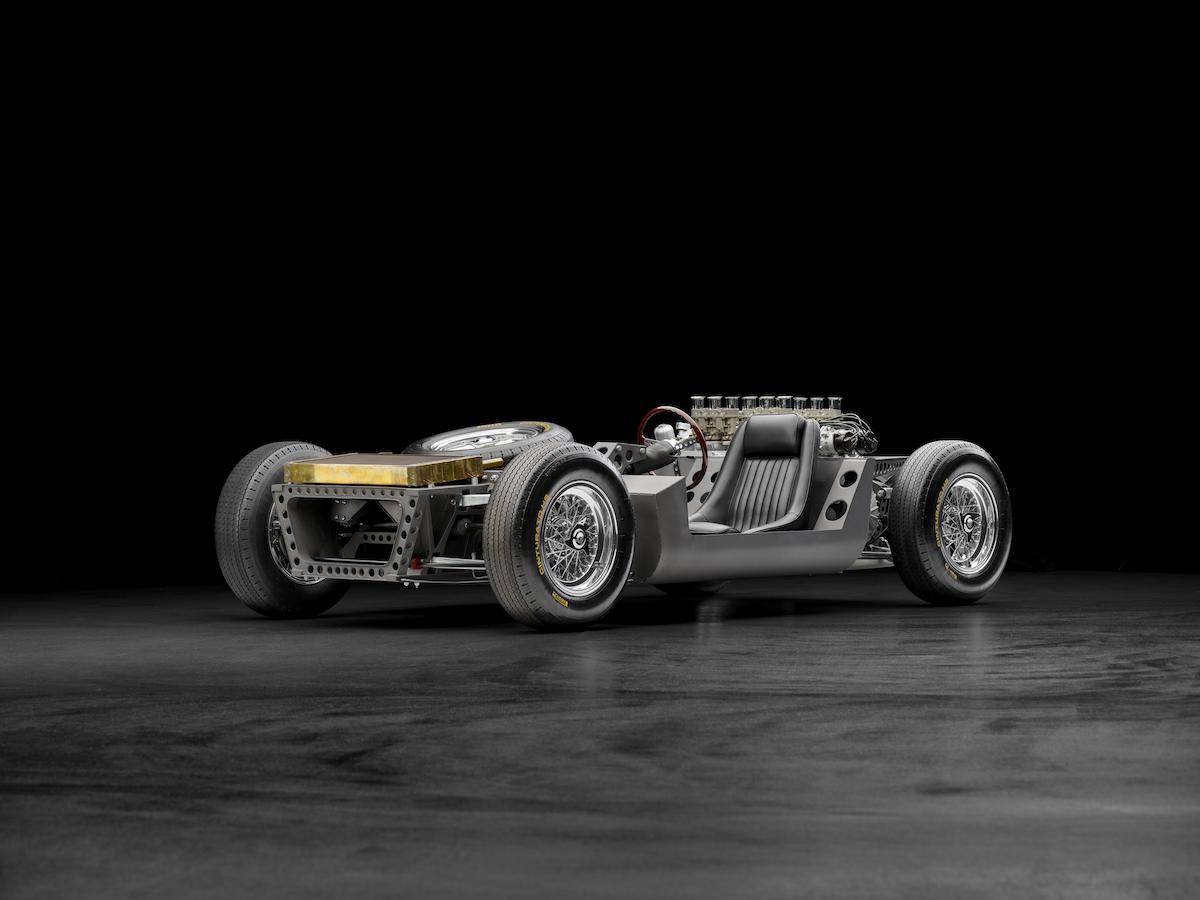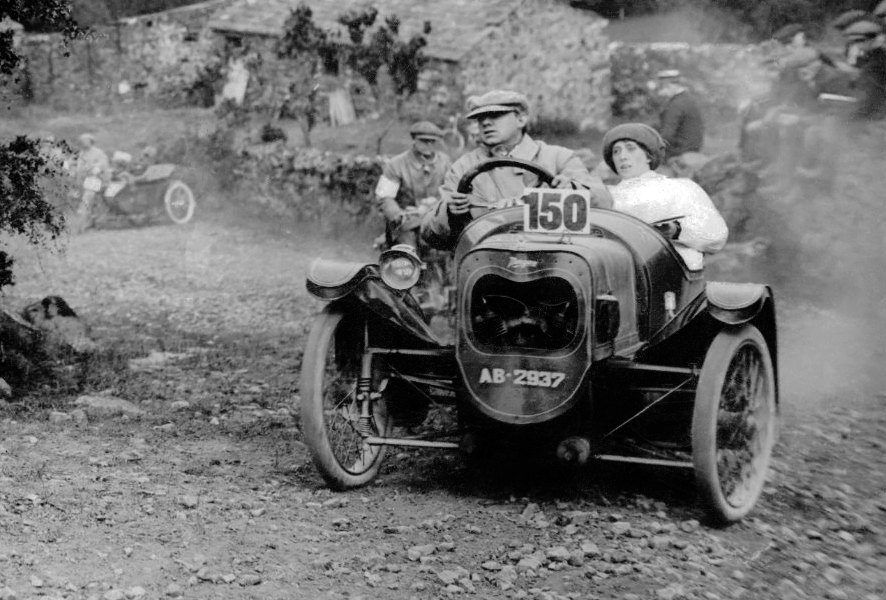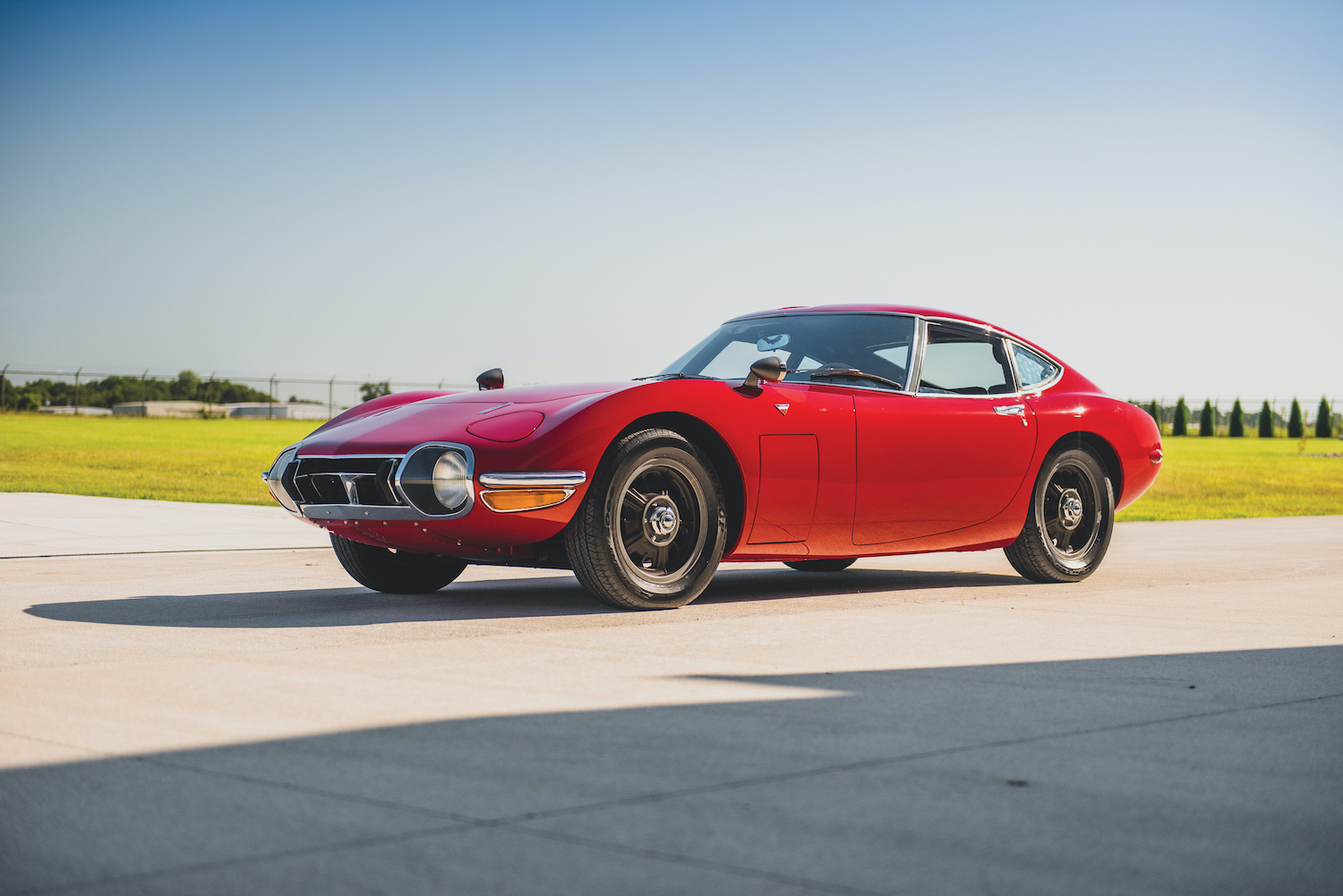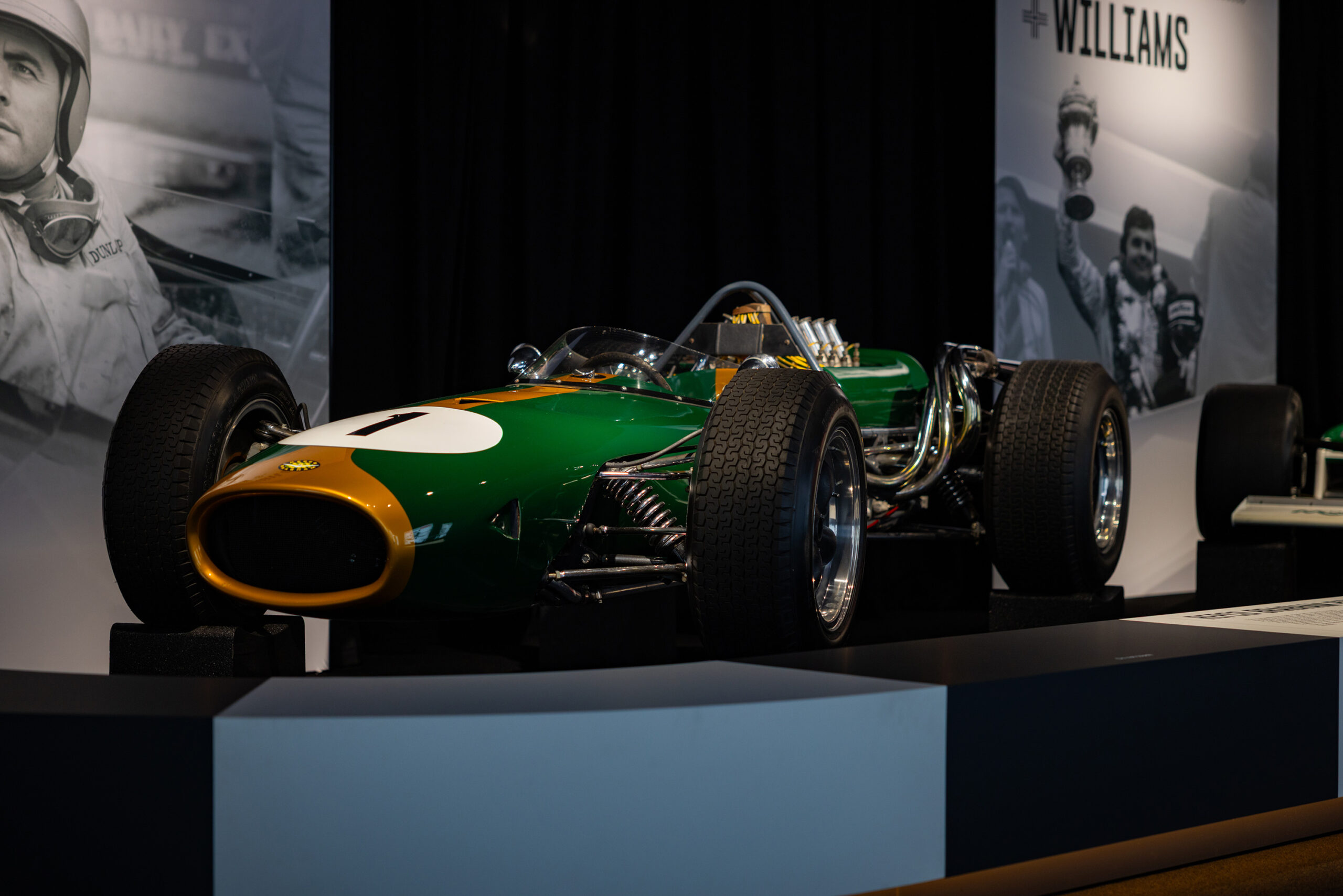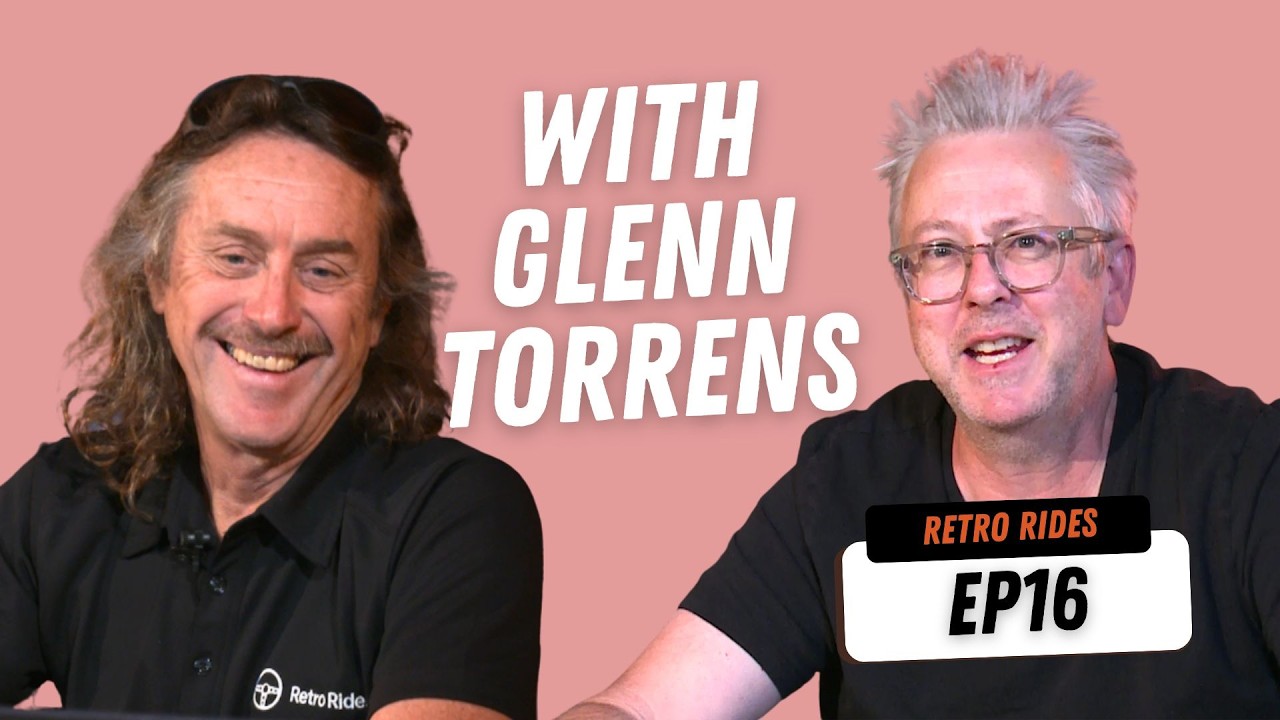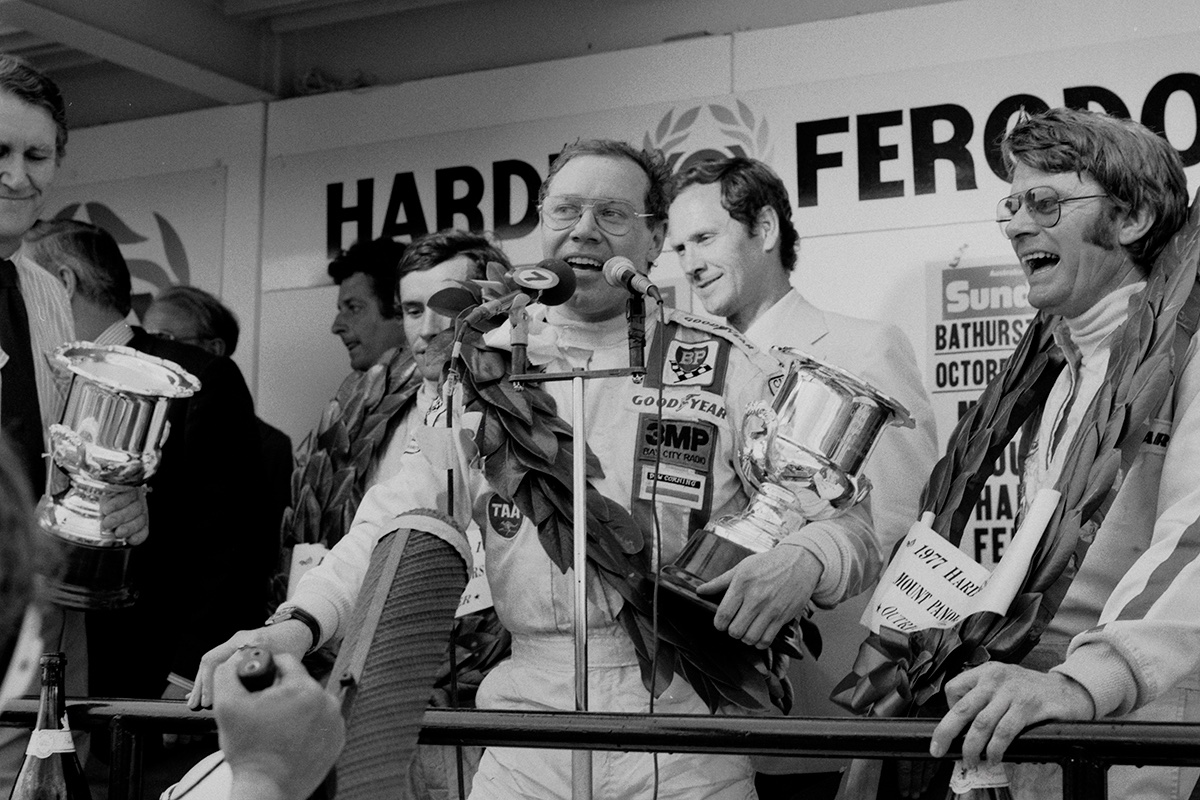Why Holden’s 1997 VT Commodore was a future classic in the making.
Holden’s VT Commodore and Calais sedan arrived with a bang in August 1997, immediately setting the sales charts alight and carrying on the momentum established by its predecessor the VN Commodore to retain the title of Australia’s best-selling car that year.
The VT and its successors the VX, VY, VZ and VE would not give up the podium’s top step until 2011, when the changing tastes of Aussie motorists finally saw the Japanese-import Mazda 3 claim the Commodore’s scalp.
The VT was a big car but clever exterior and interior styling shrunk the perception of size. With this new model Holden retained its established Family, Fleet and Sports-Sedan variants comprising Commodore Executive, Acclaim, S, SS, Berlina, and Calais.

Source: wheelsage.org
The Executive, Acclaim and Berlina were also available as station wagons, continuing a Holden tradition dating back to the FE series ‘Station Sedan’ of the mid-1950s.
Sitting as it did on a longer wheelbase, the wagon was generously proportioned, thanks to design stage influence during the by one of Holdens’ biggest fleet customers, telecommunications giant Telstra.
Happily, the big wagon’s bulk was softened with some clever styling tweaks such as the inclusion of matte black roof rails. The roomy family-oriented wagons featured a lap/sash centre-rear-seatbelt and a split-folding rear seat, but many thousands of fleet vehicles had their rear seats folded flat and a cargo cage installed, to make them pseudo panel-vans.
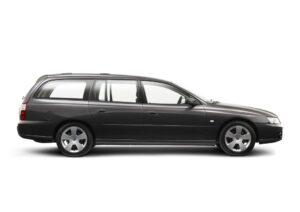
VZ Holden Commodore Wagon – Image: wheelsage.org/
Safety was a big priority for VT, its body structure offering far better occupant crash protection thanks to the increased use of Computer Aided Design (CAD). A driver’s airbag was standard across the range, as were upgraded brakes, with all models bar the base Executive gaining antilock braking (ABS).
“The VT was a big car but clever styling ‘shrunk’ the perception of size”
Inside, the VT Commodore boasted a relatively well specified cabin, all variants being fitted with an electric tilt driver seat, and the Calais gaining full electric operation for its broad and comfortable front pews. Buyers needed to step up to at least Berlina level to gain cruise control and digital climate control, with the Calais adding dual-zone climate to its extensive list of kit.
The VT also introduced an extra dollop of plushness to the Commodore’s on-road repertoire thanks to its additional soundproofing and suspension refinement. Independent rear suspension – previously standard on SS and Calais but optional on other sedans and not available at all on the wagon – was now standard on all sedan and wagon variants.
It was also a cooler customer inside thanks to an air-conditioning system specifically developed for punishing Australian and Middle East conditions.
Powering the VT range were two different V6 engines – or three if you count the LPG-fuelled version – and two V8s. Transmission options were five-speed manual or four-speed automatic, giving buyers tremendous choice, even though not every engine and gearbox combination was available on all variants.
The standard engine in all but the performance hero SS was a 3.8-litre ‘Ecotec’ V6 boasting outputs of 147kW/304Nm. An optional Supercharged V6 mated exclusively to the automatic punched out a more vigorous 171kW/375Nm and was available across the sedan range, except for the entry-level Executive.
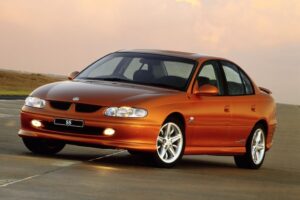
VT Holden Commodore SS – Image: wheelsage.org
The muscular SS and other VTs fitted with the V8 option boasted peak outputs of 179kW/400Nm, with Holden Special Vehicles (HSV) offering an additional more powerful 195i engine option.
Holden Commodore VT II update introduces Gen III 5.7-litre V8 for 1999
The VTII update arrived in mid-1999 featuring minor changes to trim and bling – for instance the side repeater and tail lights’ indicator lenses were now clear, not orange, and an eye-popping new metallic-orange hero colour dubbed ‘Tiger’.

Image: wheelsage.org
But the big really news was the introduction of the potent new US-sourced ‘Gen III’ aluminium V8 . Boasting 5.7-litres of capacity and muscular outputs of 220kW/443Nm, the Gen III immediately eclipsed both the capacity and performance of the engine it replaced, Holden’s Aussie-made iron-block V8 that traced its origins back to 1969.
Tagged ‘LS1’ in GM’s production paperwork the V8 was shared with no less a model than the iconic Chevrolet Corvette, America’s greatest sports car, so had excellent performance pedigree
Holden launches updated VX Commodore in 2000, ringing in the new millennium with a fresh face and new ute.
Unlike the modest design overhaul introduced with the VTII, Holden’s stylists earnt their money with the VX Commodore, which arrived in October 2000 sporting a distinctly different look.

Holden VX Commodore S – image: wheelsage.org
“Every VT model had an extra dollop of plushness on-road”
The lower-spec and sporting models had controversial teardrop headlights and what many regard as a bland-looking body coloured boot infill panel. The Berlina and Calais gained sharper looking headlights, different tail light design and chrome highlights for a little more individuality. There was a sprinkle of extra power – an extra 5kW each for the volume-selling V6 and V8 but not a great deal more to get excited about.
What did get Holden’s massive fan base animated, however, was the introduction of a new Commodore ute, which finally arrived to replace the VS-based models that had soldiered on after the introduction of the VT.

